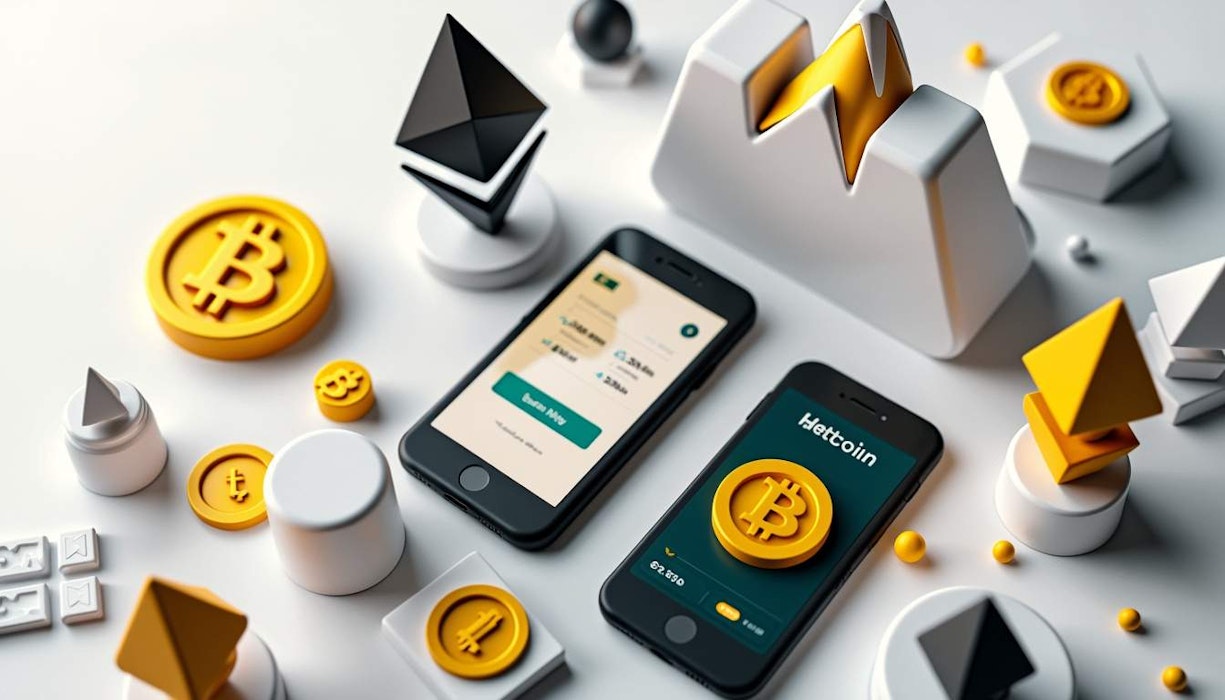I’ve been diving into the world of cryptocurrencies lately, especially those that are priced under a dollar. You know, the ones that seem super affordable and give off that vibe of “maybe this is the next big thing”? But as I dig deeper, I’m starting to see both sides of the coin (pun intended). So here’s my take on it.
The Allure of Cheap Cryptos
Let’s be real: the main attraction of these cheap cryptocurrencies is their price. For someone like me who doesn’t want to throw a ton of money into something I don’t fully understand yet, they offer an accessible entry point. The idea is simple: buy a few hundred or thousand coins now, and if one of them skyrockets like Bitcoin did years ago, I’ll be sitting pretty.
But here’s where it gets tricky. Many of these low-cost coins come with high risks. Just because something is cheap doesn’t mean it’s a good investment.
Some Notable Examples
Take Flockz for instance ($FLOCK). It raised a crazy amount in its presale and seems to have some interesting mechanics with its DAO setup. But then you have tokens like Shiba Inu ($SHIB) which, while popular and showing some growth, are essentially meme coins with no real utility behind them.
And let’s not forget about StarkNet (STRK) which seems to be doing well but might just be another layer-2 solution in an already crowded space.
The Risks Are Real
One thing that stands out as I research more about these cryptos is their volatility. Prices can swing wildly within hours or even minutes. For someone inexperienced like me, this could lead to panic selling or buying at the wrong times.
Then there are factors like lack of fundamentals – many cheap cryptos don’t have solid backing or use cases – and regulatory uncertainties that add another layer of complexity. And let’s face it; many are still in their presale stages which inherently carries more risk.
Stablecoins: A Safer Bet?
After looking at all this chaos surrounding cheap cryptocurrencies, stablecoins seem to offer a more stable alternative for protecting savings against inflation and facilitating international payments. They’re pegged to traditional currencies (for now), making them less susceptible to wild swings in value.
But even stablecoins aren’t without their issues. Remember when UST collapsed? That was a wake-up call for many investors about the potential risks involved even with supposedly “stable” assets.
Summary: Proceed With Caution
So where does that leave me? Cheap cryptocurrencies can offer high rewards but come with significant risks attached. As someone new to this space, I think I'll tread carefully – maybe allocate a small portion into some established ones like Bitcoin or Ethereum first before venturing into the cheaper alternatives.
And if you're reading this as a fellow newbie? Do your research! Know what you're getting into before diving headfirst into any investment – especially one as volatile as crypto.
